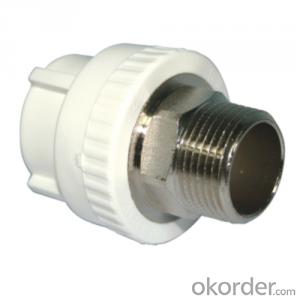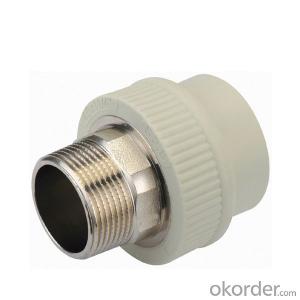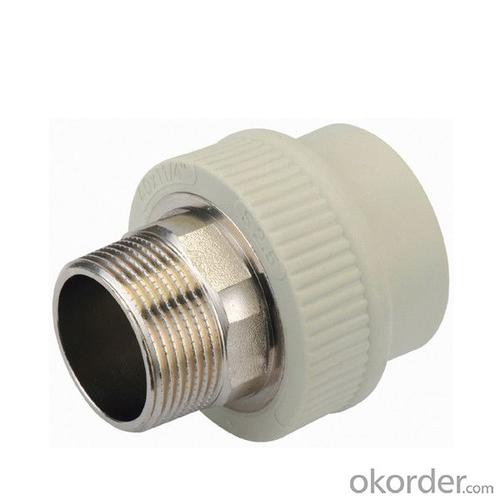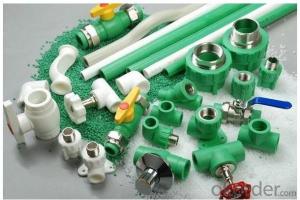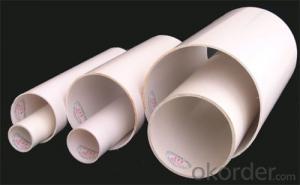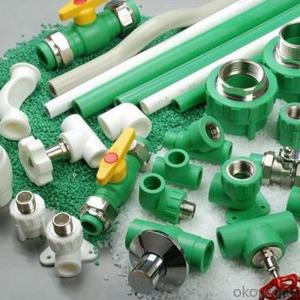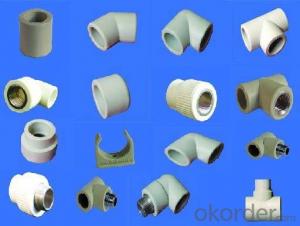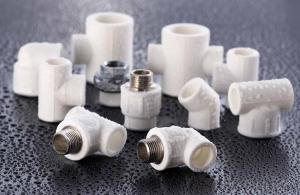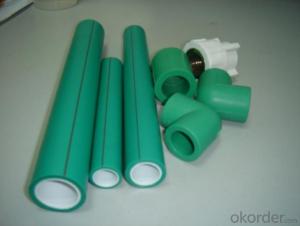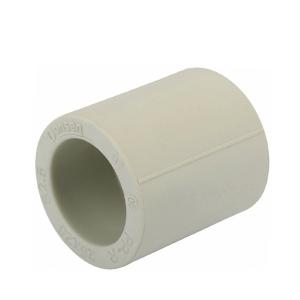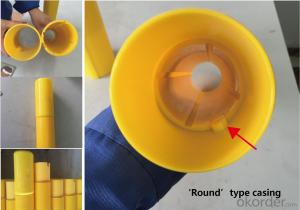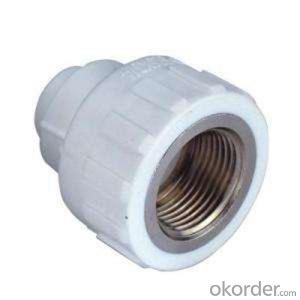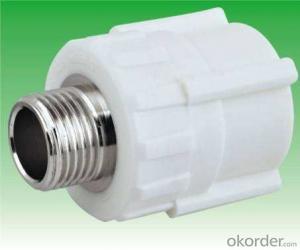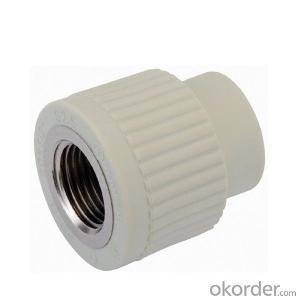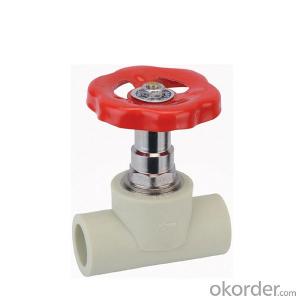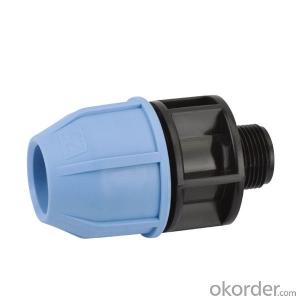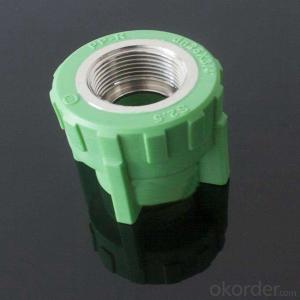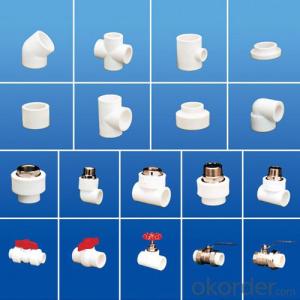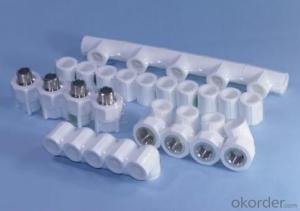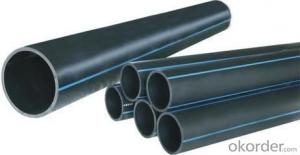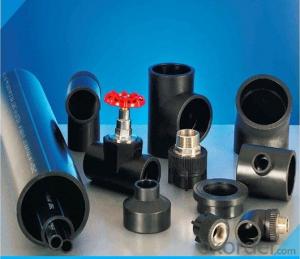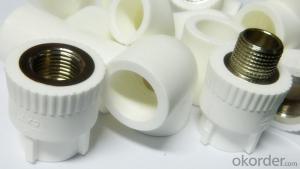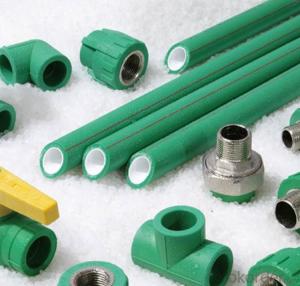Plastic Poly Pipe Fittings PVC Coupling for Landscape Irrigation Application from China
- Loading Port:
- Shanghai
- Payment Terms:
- TT OR LC
- Min Order Qty:
- 1000 pc
- Supply Capability:
- 1000000 pc/month
OKorder Service Pledge
OKorder Financial Service
You Might Also Like
Product Overview
PP-R (polypropylene random) tube called type three polypropylene pipe and is also called the PP-R pipe or PPR pipe, with energy saving, environmental protection, high strength, corrosion resistance, with smooth inner wall has the advantages of scale, construction and easy maintenance, long service life, widely used in building water supply and drainage, urban drainage city gas and power cable sheath, and industrial fluid transportation, agricultural irrigation construction, municipal, industrial and agricultural fields. The PP-R pipe is made of random copolymerized polypropylene and is extruded into tubes to be molded into tubes
Advantanges
1, High Temperature Resistance: the maximum sustained working temperature is up to 70 Degrees Celsius, the maximum transient temperature is up to 95 Degrees Celsius.
2, Heat insulation and Saving Energy: low thermal conductivity which is only 1/1500 of brass pipe, and 1/250 of steel pipe.
Non-toxic: no heavy metal additives would not be covered with dirty or contaminated by bacterium.
3, Corrosion Resistant: resist chemical matters or electron chemical corrosion.
4, Lower Installation Costs: light weight and good hot-melt performance can reduce installation costs by as much as 50% over metal piping system.
5, Higher Flow Capacity: smooth interior walls result in lower pressure loss and higher volume than metal pipes.
6, Long Life: more than 50 years under normal conditions.
7, Recycled and Environment-friendly.
Product Description
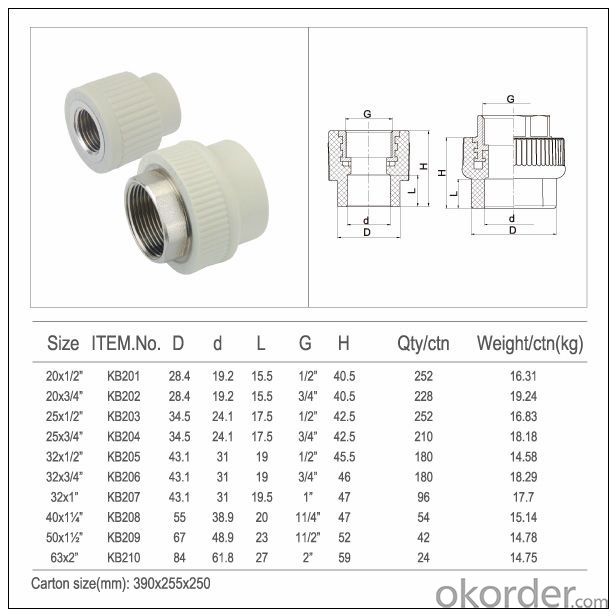
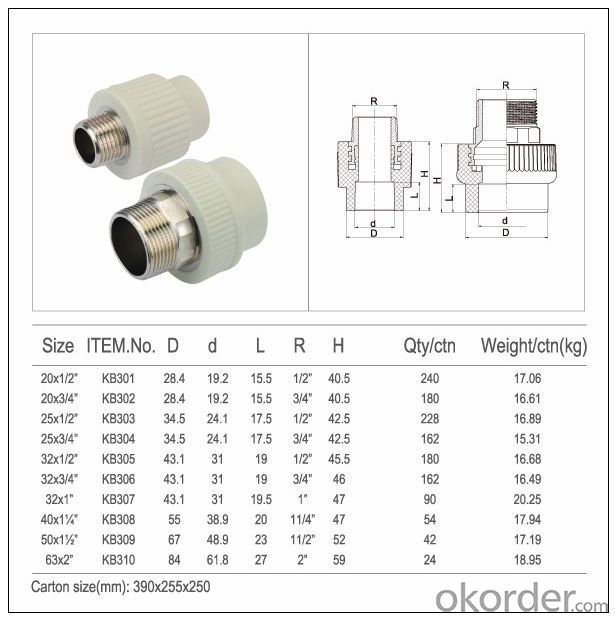
Product Show
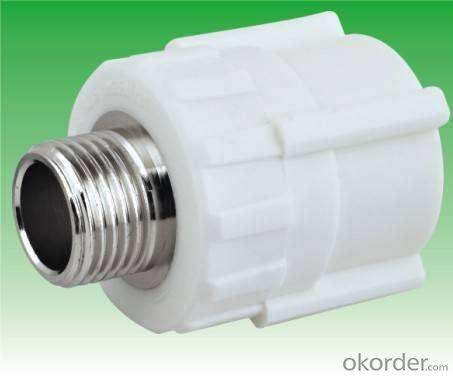
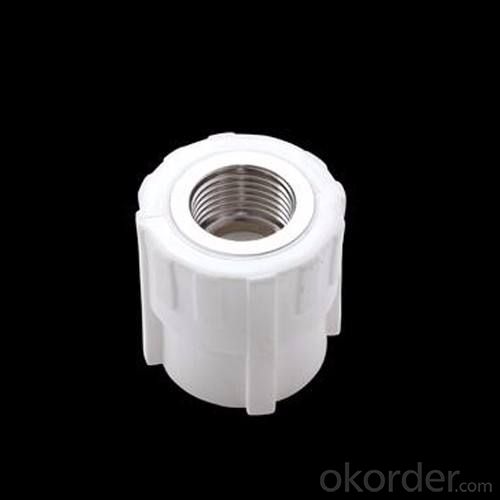
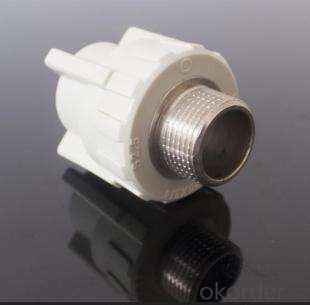
Main Product Features
Large drum hub to maximize cable life
Self-activating automatic brake hold the load securely when crank handle is released
With cable or strap
Safety guard cover available
Top quality with competitive price
Widely used in the double beam bridge crane and gantry crane
Easy to install and high quality
Compact structure and reasonable design
- Q: Can plastic pipe fittings be used for plumbing repairs?
- Yes, plastic pipe fittings can be used for plumbing repairs. They are commonly used in both residential and commercial plumbing systems due to their durability, affordability, and ease of installation. However, it is important to ensure that the plastic fittings are compatible with the type of plumbing system being repaired, as different types of pipes may require specific fittings. Additionally, it is crucial to follow proper installation procedures to ensure a secure and leak-free connection.
- Q: Are plastic pipe fittings compatible with quick-connect couplings?
- Yes, plastic pipe fittings are generally compatible with quick-connect couplings. Quick-connect couplings are designed to work with a variety of pipe materials, including plastic. However, it is important to ensure that the specific type and size of plastic pipe fitting you are using is compatible with the quick-connect coupling you intend to use.
- Q: Can plastic pipe fittings be used in water slide systems?
- Yes, plastic pipe fittings can be used in water slide systems.
- Q: Are plastic pipe fittings resistant to chemicals?
- Yes, plastic pipe fittings are generally resistant to chemicals. They are manufactured using materials such as PVC, CPVC, and PEX, which are known for their chemical resistance. This makes them suitable for various applications where contact with chemicals is expected, including industrial, commercial, and residential settings. However, it's important to note that the specific chemical resistance may vary depending on the type of plastic used and the concentration and temperature of the chemical. Therefore, it is advisable to consult the manufacturer's specifications or seek professional advice for the specific chemical compatibility requirements.
- Q: Can plastic pipe fittings be used for both hot and cold water systems?
- Yes, plastic pipe fittings can be used for both hot and cold water systems. Plastic materials such as PVC (polyvinyl chloride) and PEX (cross-linked polyethylene) are commonly used in plumbing systems and are designed to withstand a wide range of temperatures. They are resistant to corrosion and have good thermal properties, making them suitable for both hot and cold water supply applications. However, it is essential to ensure that the specific type of plastic pipe fitting being used is approved for the intended temperature and pressure requirements of the water system.
- Q: Are plastic pipe fittings suitable for HVAC systems?
- Yes, plastic pipe fittings are suitable for HVAC systems. They are lightweight, durable, and corrosion-resistant, making them an excellent choice for both residential and commercial HVAC applications. Additionally, plastic fittings are easy to install, cost-effective, and provide leak-free connections, which is essential for maintaining the efficiency and reliability of HVAC systems.
- Q: How do you connect plastic pipe fittings to galvanized steel pipes?
- To connect plastic pipe fittings to galvanized steel pipes, you can use a transition fitting specifically designed for this purpose. These fittings typically have a plastic end that can be connected to the plastic pipe and a threaded end that can be screwed onto the galvanized steel pipe. By using a transition fitting, you can ensure a secure and leak-free connection between the two different materials.
- Q: Are plastic pipe fittings suitable for underground sprinkler systems?
- Yes, plastic pipe fittings are suitable for underground sprinkler systems. They are durable, corrosion-resistant, and cost-effective, making them a popular choice for irrigation systems. Plastic fittings are also easy to install and maintain, making them a convenient option for underground applications.
- Q: Can plastic pipe fittings be used in irrigation drip systems?
- Yes, plastic pipe fittings can be used in irrigation drip systems. Plastic pipe fittings are commonly used in drip irrigation systems due to their durability, affordability, and resistance to corrosion. They provide a reliable and leak-free connection between the main water supply line and the drip tubing, allowing for efficient water distribution to the plants.
- Q: Can plastic pipe fittings be used for reverse osmosis systems?
- Yes, plastic pipe fittings can be used for reverse osmosis systems. Plastic fittings, such as PVC or CPVC, are commonly used in the installation of reverse osmosis systems due to their durability, chemical resistance, and affordability. These fittings are designed to withstand the high pressure and temperature requirements of reverse osmosis systems, making them a suitable choice for this application.
Send your message to us
Plastic Poly Pipe Fittings PVC Coupling for Landscape Irrigation Application from China
- Loading Port:
- Shanghai
- Payment Terms:
- TT OR LC
- Min Order Qty:
- 1000 pc
- Supply Capability:
- 1000000 pc/month
OKorder Service Pledge
OKorder Financial Service
Similar products
Hot products
Hot Searches
Related keywords
